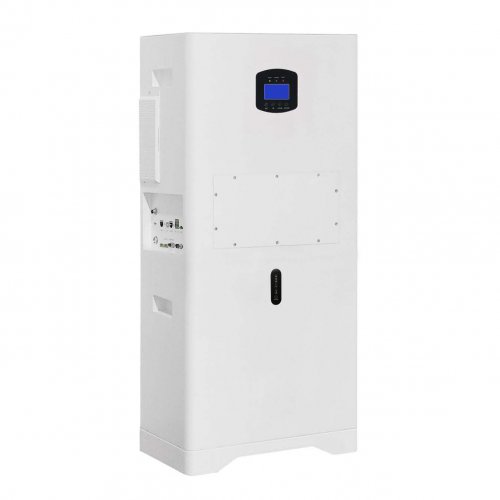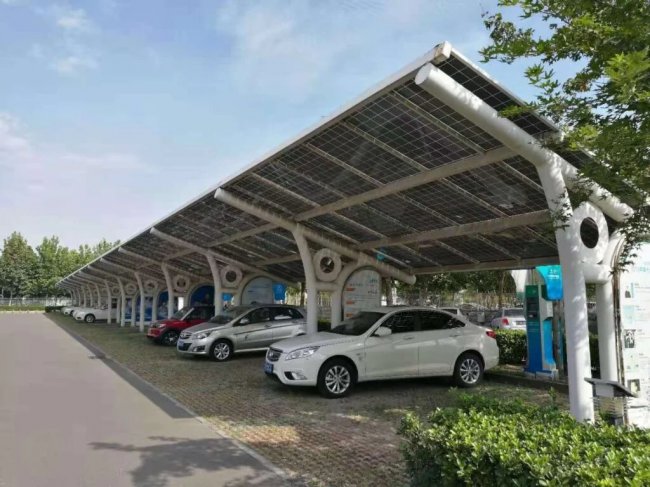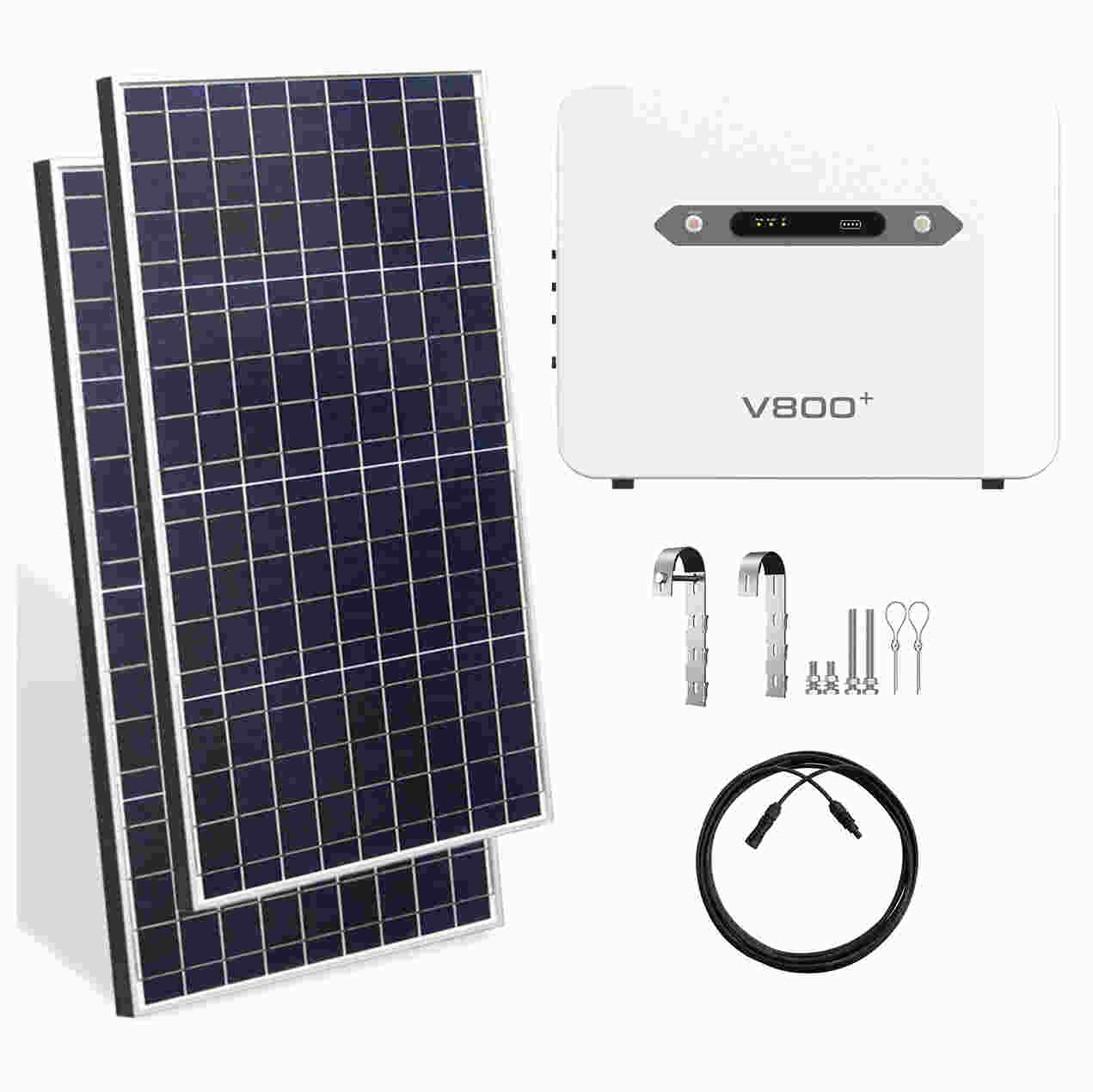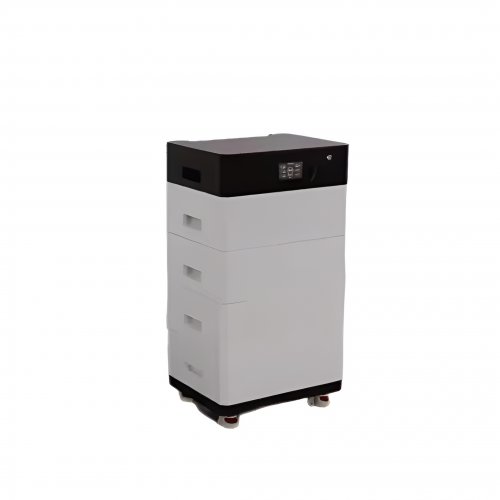Advances In Cathode Additives: Enhancing Performance, Stability, And Sustainability Of Lithium-ion Batteries
The relentless pursuit of higher energy density, longer cycle life, and improved safety in lithium-ion batteries (LIBs) has positioned cathode materials at the forefront of battery research. While innovations in bulk cathode chemistries (e.g., NMC, NCA, LFP) are crucial, the strategic use of cathode additives has emerged as a powerful and often more readily implementable approach to tackle fundamental challenges. These additives, typically incorporated in small quantities (often <5 wt%), are engineered to modify interfaces, stabilize structures, and enhance ionic/electronic transport, leading to significant performance gains. Recent research has unveiled novel materials and mechanisms, pushing the boundaries of what these minor components can achieve.
Latest Research and Technological Breakthroughs
A primary focus of recent studies has been the mitigation of interfacial degradation. The cathode-electrolyte interface (CEI) is a hotspot for parasitic reactions, especially at high voltages (>4.3 V vs. Li/Li⁺) required for high-energy-density applications. Conventional electrolyte formulations struggle to form a stable CEI, leading to transition metal (TM) dissolution, oxygen loss, and electrolyte decomposition. To address this, novelelectrolyte-derivedandcoating-derivedadditives have been developed.
Lithium bis(oxalato)borate (LiBOB) and lithium difluoro(oxalato)borate (LiDFOB) have long been studied, but recent work has refined their application. LiDFOB, in particular, has been shown to preferentially oxidize before the base electrolyte, forming a robust, thin, and Li⁺-conductive CEI rich in B-O and LiF species. This layer effectively suppresses further electrolyte oxidation and inhibits Mn/Ni dissolution from NMC cathodes. A 2023 study by Wu et al. demonstrated that a combination of LiDFOB and a small amount of tris(trimethylsilyl) phosphite (TTSPi) created a synergistic effect, where TTSPi scavenged HF and PF₅, while LiDFOB constructed the CEI, dramatically improving the capacity retention of NMC811||Graphite cells at 4.4 V.
Beyond these well-known salts,multifunctional additivesare a key breakthrough. For instance, lithium nitrate (LiNO₃), traditionally used in anode protection, is now being explored for cathodes. Research by Huang et al. (2022) revealed that LiNO₃ additives in high-voltage systems oxidize to form a nitrate-rich CEI layer alongside LiF and N-containing species. This composite interface possesses excellent oxidative stability and reduces charge transfer resistance, enabling stable cycling of LiCoO₂ at 4.5 V. Furthermore, organic molecules like adiponitrile (ADN) have gained attention. ADN polymerizes upon oxidation, forming a protective polymeric film that shields the cathode surface from corrosive electrolytes, as evidenced in studies on Ni-rich NMC cathodes.
Another groundbreaking area is the use oflithium-ion conductive coatingsas solid additives. Instead of pre-coating cathode particles, materials like Li₃PO₄, Li₂ZrO₃, or even fast-ion conductors such as Li₁.₅Al₀.₅Ge₁.₅(PO₄)₃ (LAGP) are directly mixed with the cathode powder. During electrode calendaring and cycling, these nanoparticles form a conformal, protective layer on cathode primary particles. Thisin-situ coatingstrategy is more economical and scalable than pre-coating. A notable 2023 breakthrough involved using lithium polyacrylate (LiPAA) as both a binder and a source forin-situformation of a LiF-rich CEI, demonstrating a clever dual-function approach that simplifies electrode architecture.
Future Outlook and Challenges
The future trajectory of cathode additive development is moving towards intelligent, multi-targeted systems. The research will shift from single-component additives to sophisticatedmulti-component additive packages, where each constituent addresses a specific failure mechanism (e.g., one for CEI formation, another for HF scavenging, a third for suppressing oxygen release). Computational modeling and artificial intelligence will play a pivotal role in screening vast chemical spaces to predict the oxidation potentials, decomposition products, and ultimate efficacy of novel molecules before synthetic efforts are undertaken.
Sustainability will become a central theme. The environmental and economic impact of new additives must be evaluated. Future research will prioritize abundant, non-toxic elements and biodegradable organic molecules. For example, exploring derivatives of biomass or other eco-friendly sources for protective polymerizable additives could be a fruitful direction.
Furthermore, the application of additives is expanding beyond conventional liquid electrolytes. The development ofadditives for solid-state batteries(SSBs) is an nascent but critical field. Cathode additives in SSBs might be designed to suppress the growth of Li-dendrites, enhance the contact between the solid electrolyte and the cathode active material, or prevent the formation of high-resistance interphaces. For instance, incorporating a small amount of a soft ionic conductor into a cathode composite could dramatically reduce interfacial impedance.
However, significant challenges remain. A deep understanding of the precise mechanisms of additive function, especially at the atomic scale and during the very first cycle, is still lacking. Advancedin-situ/operandocharacterization techniques—such as synchrotron X-ray diffraction, neutron depth profiling, and cryo-electron microscopy—will be indispensable in deciphering the formation and evolution of the modified interfaces. Secondly, ensuring the long-term chemical compatibility of all additive components with each other and with the electrolyte salt is non-trivial. Finally, any new additive must prove its cost-effectiveness and compatibility with large-scale electrode manufacturing processes to achieve commercial adoption.
In conclusion, cathode additives have evolved from simple buffering agents to sophisticated, multi-functional performance enablers. Recent breakthroughs in understanding their interfacial chemistry and designing novel compounds have provided powerful tools to push the operating voltages and longevity of LIBs closer to their theoretical limits. As we venture into the realms of all-solid-state and post-lithium batteries, the strategic design of cathode additives will remain an indispensable and highly dynamic field of research, crucial for powering the next generation of electric vehicles and grid storage systems.
References
1. Wu, Y., et al. (2023). Synergistic Effect of LiDFOB and TTSPi Additives on the Interface Stability of High-Voltage NMC811 Cathodes.Journal of The Electrochemical Society, 170(3), 030509. 2. Huang, B., et al. (2022). Constructing a Robust Cathode-Electrolyte Interface by LiNO₃ Addition for High-Voltage LiCoO₂ Operations.ACS Applied Materials & Interfaces, 14(12), 14368-14378. 3. Li, W., et al. (2023). In-Situ Formation of a LiF-Rich Interface via a Lithium Polyacrylate Binder for Stable High-Voltage LiNi₀.₈Mn₀.₁Co₀.₁O₂ Cathodes.Advanced Energy Materials, 13(15), 2204300.
Customized/OEM/ODM Service
HomSolar Supports Lifepo4 battery pack customization/OEM/ODM service, welcome to contact us and tell us your needs.


HomSolar: Your One-stop LiFePO4 Battery Pack & ESS Solution Manufacturer
Our line of LiFePO4 (LFP) batteries offer a solution to demanding applications that require a lighter weight, longer life, and higher capacity battery. Features include advanced battery management systems (BMS), Bluetooth® communication and active intelligent monitoring.

Customised Lithium Iron Phosphate Battery Casing
ABS plastic housing, aluminium housing, stainless steel housing and iron housing are available, and can also be designed and customised according to your needs.

HomSolar Smart BMS
Intelligent Battery Management System for HomSolar Energy Storage System. Bluetooth, temperature sensor, LCD display, CAN interface, UART interface also available.


Terminals & Plugs Can Be Customized
A wide range of terminals and plugs can be customised to suit the application needs of your battery products.

Well-designed Solutions for Energy Storage Systems
We will design the perfect energy storage system solution according to your needs, so that you can easily solve the specific industry applications of battery products.



About Our Battery Cells
Our energy storage system products use brand new grade A LiFePO4 cells with a battery lifespan of more than 4,000 charge/discharge cycles.



Applications in Different Industries
We supply customized & OEM battery pack, assemble cells with wiring, fuse and plastic cover, all the cell wires connected to PCB plug or built BMS.
Applications: E-bike, Electric Scooter, Golf Carts, RV, Electric Wheelchair, Electric Tools, Robot Cleaner, Robot Sweeper, Solar Energy Storage System, Emergency Light, Solar Power Light, Medical Equipment, UPS Backup Power Supply.
We can provide you with customized services. We have the ability to provide a vertical supply chain, from single cells to pack/module and to a complete power solution with BMS, etc.


HomSolar (Shenzhen) Technology Co., Ltd
























